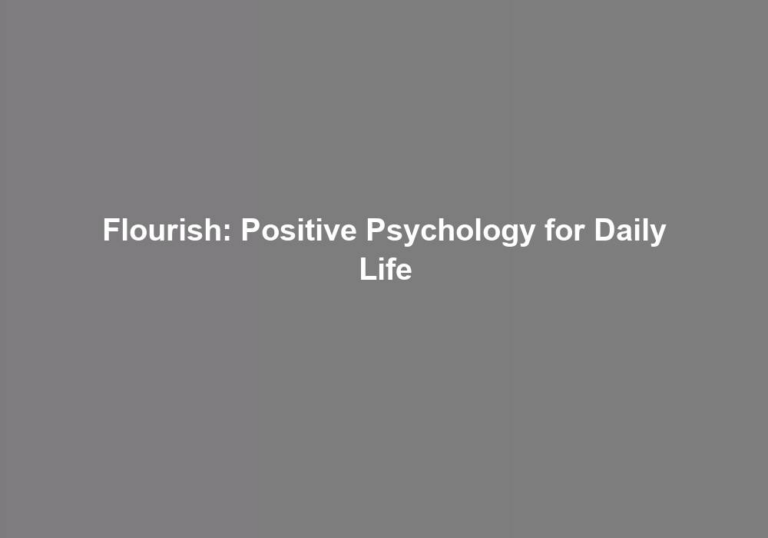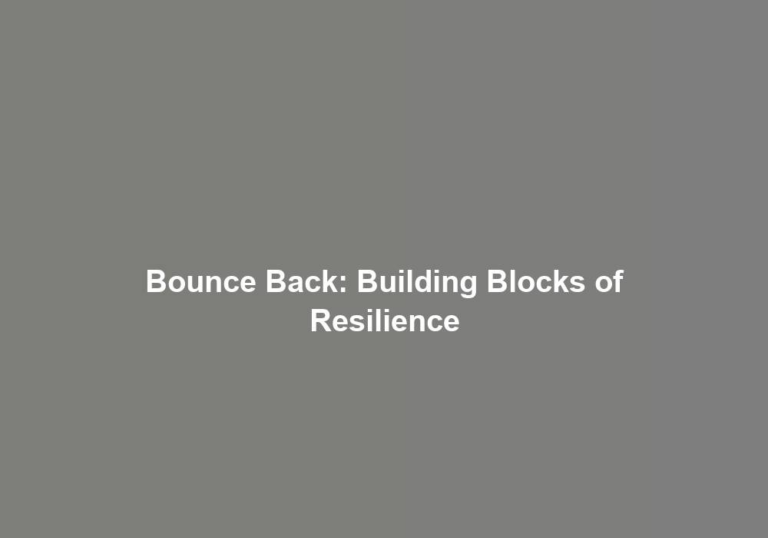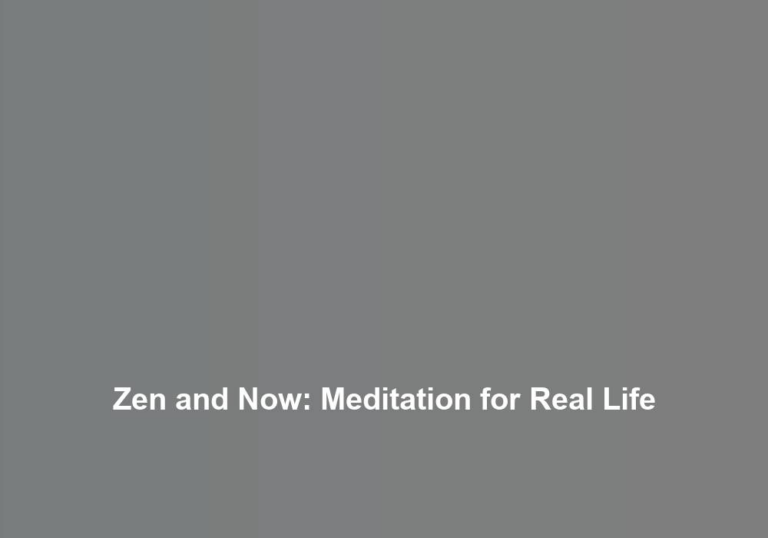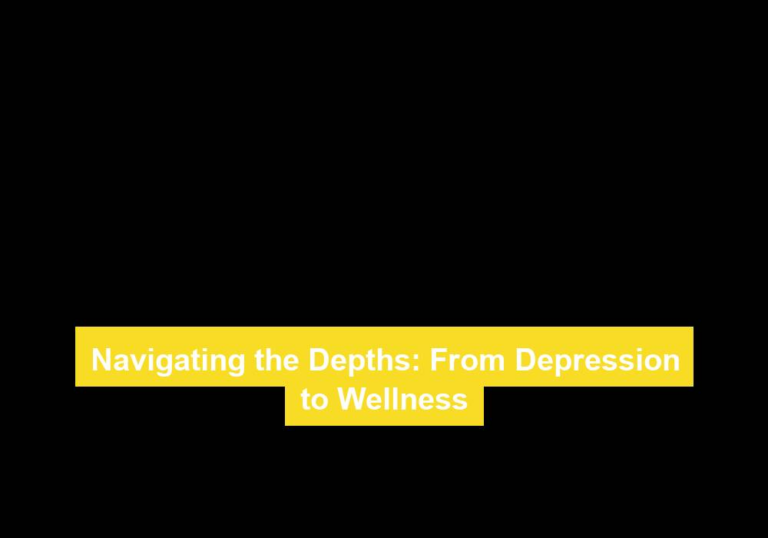Breathe Easy: Simple Stress Management Strategies
When life feels like a whirlwind, itG??s easy to lose your footing and become overwhelmed by the demands of everyday responsibilities. But what if there were simple, yet effective ways to anchor yourself in the midst of chaos? Imagine having the tools to navigate through stress with a sense of calm and clarity. In this discussion, weG??ll explore practical strategies that can help you regain your balance and find peace in the midst of lifeG??s challenges.
Understanding Stress and Its Impact
Understanding stress and its impact is essential for developing effective stress management strategies. When you experience stress, your body releases stress hormones like cortisol and adrenaline. These hormones trigger your bodyG??s G??fight or flightG?? response, preparing you to either confront the stressor or escape from it. However, in todayG??s world, stress is often caused by emotional triggers such as work pressure, relationship issues, or financial worries, which donG??t necessarily require a physical response.
Recognizing these emotional triggers is crucial in managing stress effectively. By identifying what specifically causes your stress, you can begin to develop strategies to address those triggers directly. For example, if you find that work deadlines consistently cause you stress, you can work on time management techniques or communicate with your supervisor about a more manageable workload.
Understanding the physiological effects of stress on your body is also essential. Chronic stress can lead to a range of health issues, including high blood pressure, heart disease, and weakened immune function. By acknowledging these impacts, you can motivate yourself to prioritize stress management as an integral part of your overall well-being.
Deep Breathing Techniques
To enhance your stress management skills, incorporate deep breathing techniques into your daily routine. Breathing exercises are an essential tool for managing stress and promoting relaxation. Here are three simple yet effective techniques to help you cultivate the relaxation response:
-
Diaphragmatic Breathing: This technique involves breathing deeply to engage your diaphragm, the muscle located at the base of your lungs. Start by sitting or lying in a comfortable position. Place one hand on your chest and the other on your abdomen. Inhale slowly and deeply through your nose, allowing your abdomen to rise as your lungs fill with air. Exhale slowly through your mouth, feeling your abdomen fall. Repeat this process for several minutes to induce a calming effect on your body and mind.
-
4-7-8 Breathing****: This technique is designed to promote relaxation and aid in falling asleep. Begin by placing the tip of your tongue against the ridge of tissue behind your upper front teeth. Inhale quietly through your nose for a count of 4. Hold your breath for a count of 7. Exhale forcefully through your mouth, making a whooshing sound, for a count of 8. Repeat this cycle three more times.
-
Equal Breathing: This technique focuses on establishing a balanced breathing pattern. Inhale for a count of 4, then exhale for a count of 4. The key is to maintain an equal duration for both the inhalation and exhalation, which can help harmonize your body and mind.
Incorporating these breathing exercises into your daily routine can help activate the relaxation response, reduce stress, and foster a sense of calm and well-being.
The Power of Mindfulness
Incorporating deep breathing techniques into your routine can lay the groundwork for exploring the power of mindfulness in managing stress and promoting holistic well-being. Mindfulness practice involves being fully present in the moment, acknowledging and accepting your thoughts and feelings without judgment. This practice has shown to be effective in reducing stress and anxiety, improving mood, and enhancing overall quality of life. By incorporating mindfulness into your daily routine, you can cultivate a greater sense of self-awareness and emotional regulation, which are essential for coping with lifeG??s challenges.
| Mindfulness Practice | Description |
|---|---|
| Meditation | Engage in focused breathing and present moment awareness to calm the mind. |
| Body Scan | Pay attention to each part of your body, releasing tension and promoting relaxation. |
| Mindful Walking | Take time to notice the sensations of walking, connecting with the environment. |
| Deep Breathing Exercises | Combine deep breathing with mindfulness to center yourself and reduce stress. |
| Mindful Eating | Focus on the sensory experience of eating, promoting healthier eating habits. |
Engaging in mindfulness practices can act as stress reduction techniques, allowing you to better manage the pressures of daily life and improve your overall well-being. By incorporating mindfulness into your life, you can create a sense of belonging within yourself and the world around you, fostering a greater connection to your experiences and those around you.
Incorporating Physical Activity
Engage in regular physical activity to effectively manage stress and enhance your overall well-being. Incorporating physical movement into your daily routine is a powerful way to combat stress and boost your mental and physical health. Here are some simple yet effective strategies to help you make physical activity a part of your daily life:
-
Find an Activity You Enjoy:
-
Choose an exercise or physical activity that brings you joy. Whether itG??s dancing, hiking, or playing a sport, finding an activity you love will make it easier to stick to a regular routine.
-
Make it Social:
-
Invite a friend or family member to join you in your physical activities. Having a workout buddy can make exercising more enjoyable and provide a sense of connection and support.
-
Incorporate Movement into Your Daily Life:
-
Look for opportunities to add physical activity to your daily routine. Take the stairs instead of the elevator, go for a walk during your lunch break, or do some stretching exercises while watching TV.
Creating a Supportive Environment
Consider surrounding yourself with a supportive environment to further enhance your stress management journey and overall well-being. Positive reinforcement from those around you can make a significant difference in how you handle stress. When youG??re surrounded by people who uplift and encourage you, it can boost your confidence and resilience in facing lifeG??s challenges. Seek out individuals who provide constructive feedback and affirm your strengths, as this can help you navigate stress more effectively.
Social connection is a powerful tool in managing stress. Cultivating strong, supportive relationships with friends, family, or colleagues can offer a sense of belonging and security. Having people to lean on during tough times can lighten the emotional load and provide different perspectives on dealing with stressors. Whether itG??s sharing a laugh, seeking advice, or simply having someone to listen, meaningful connections can be a source of comfort and strength.
Creating a supportive environment also involves setting boundaries and surrounding yourself with positivity. Limit exposure to negative influences and prioritize interactions that uplift and motivate you. Constructive environments can foster a sense of safety and peace, allowing you to better manage stress and focus on your well-being. By intentionally curating a supportive environment, you can cultivate a space where you feel empowered and encouraged, making it easier to navigate lifeG??s stressors.
Conclusion
Take a deep breath and let go of the weight on your shoulders. Like a balloon releasing its air, exhale the stress and tension out of your body. Embrace mindfulness and embrace the present moment. Incorporate physical activity into your routine to release endorphins and uplift your spirits. Surround yourself with a supportive environment that lifts you up like a warm embrace. Remember, you have the power to manage your stress and breathe easy.







